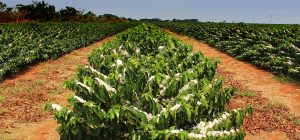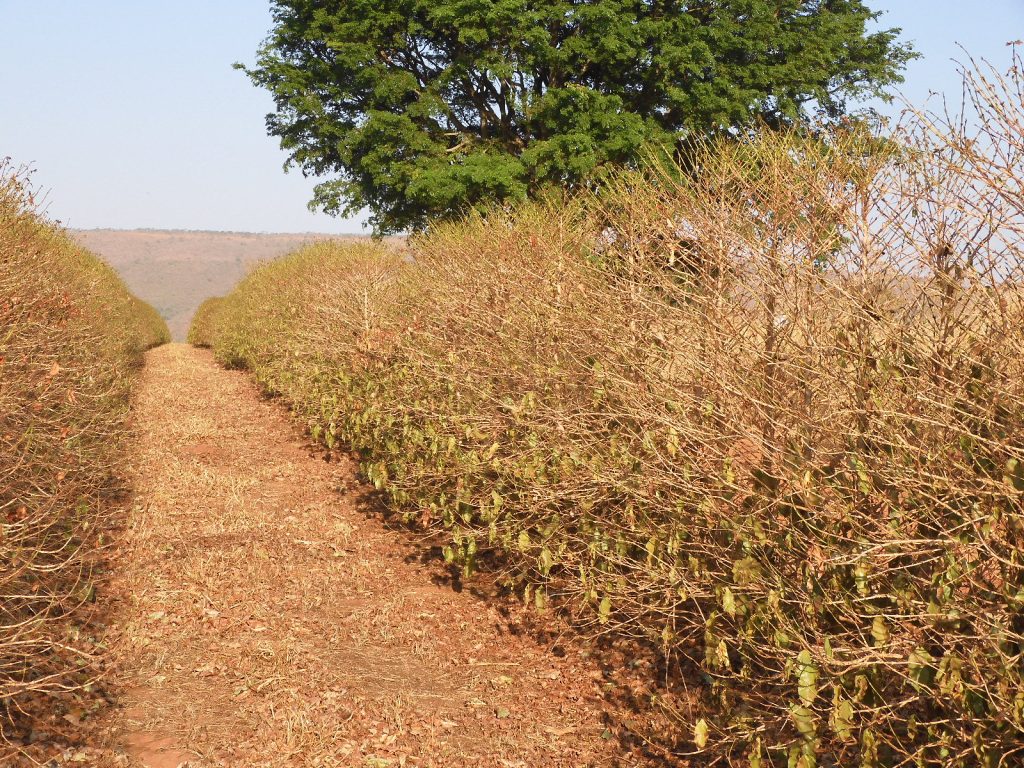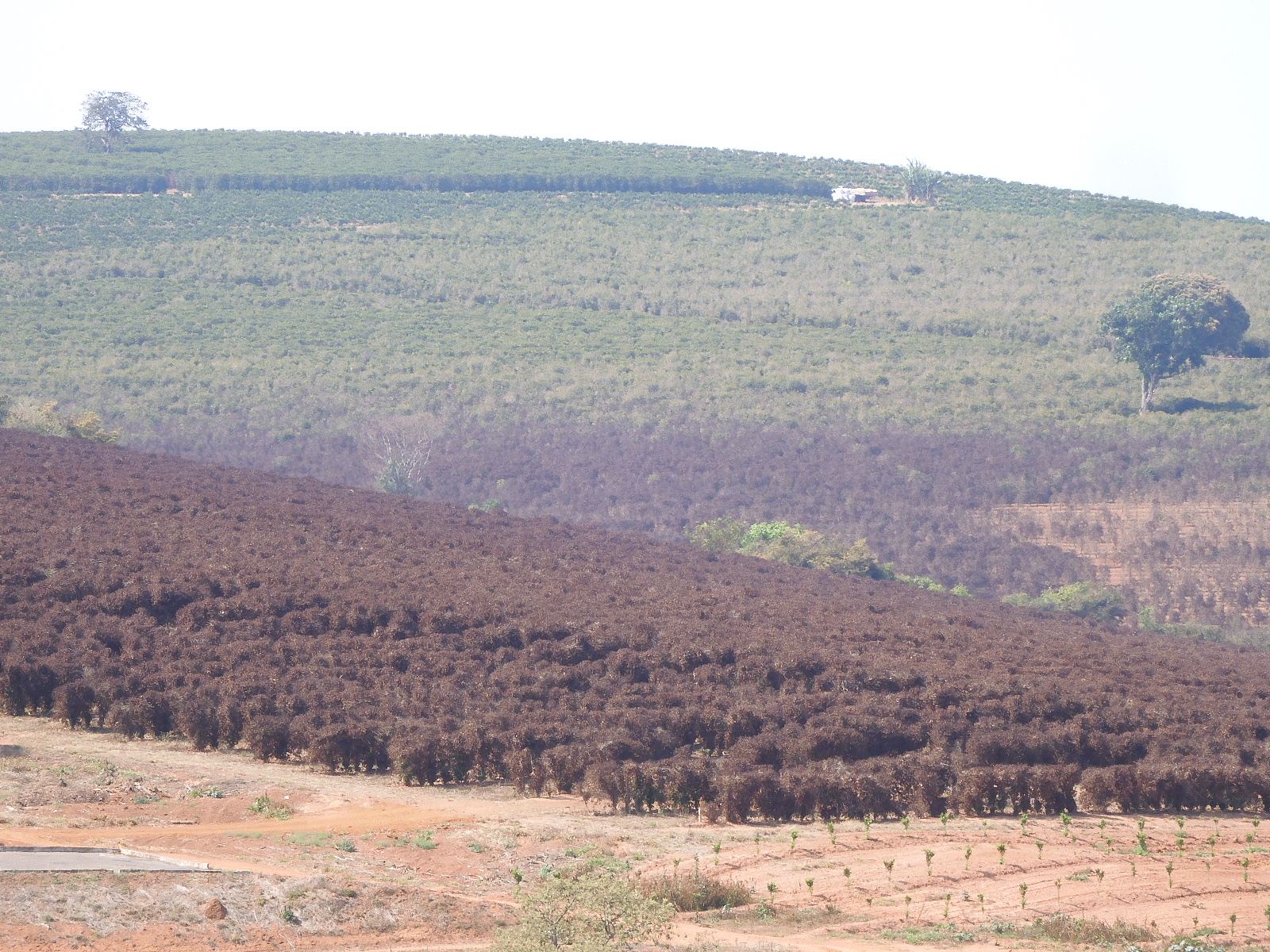Integrity is not only an abstract concept for Mary Stella, Corporate Accounting NKG India, but a concrete mission. When trying to achieve her goals, Mary Stella only needs NKG’s Code of Conduct to win the person she is talking to over. She even introduced the Code of Conduct to the GST (Goods and Services Tax Council) and convinced them from our worldwide practices at NKG. Her colleagues are very glad to work with such a respectful, friendly and confident person. All of this together with her high work ethics makes Mary Stella not only a great person to work with, but also a perfect “NKG Integrity Champion”. Congratulations, Mary Stella!






